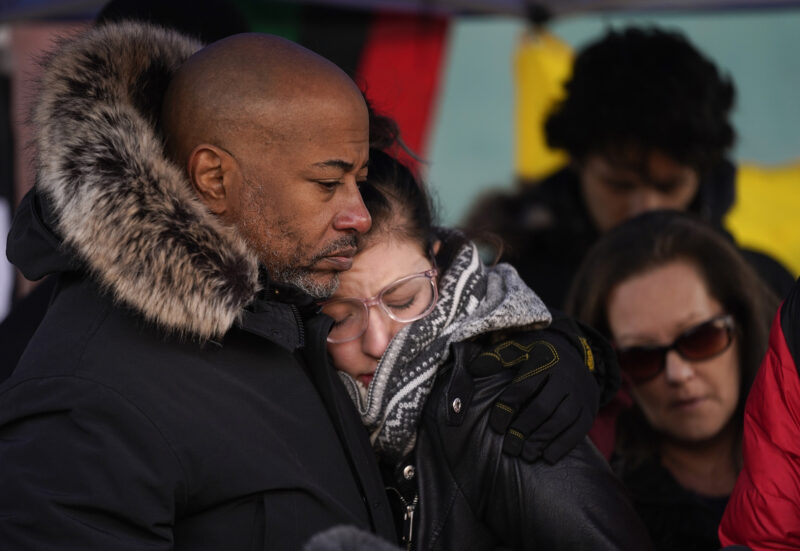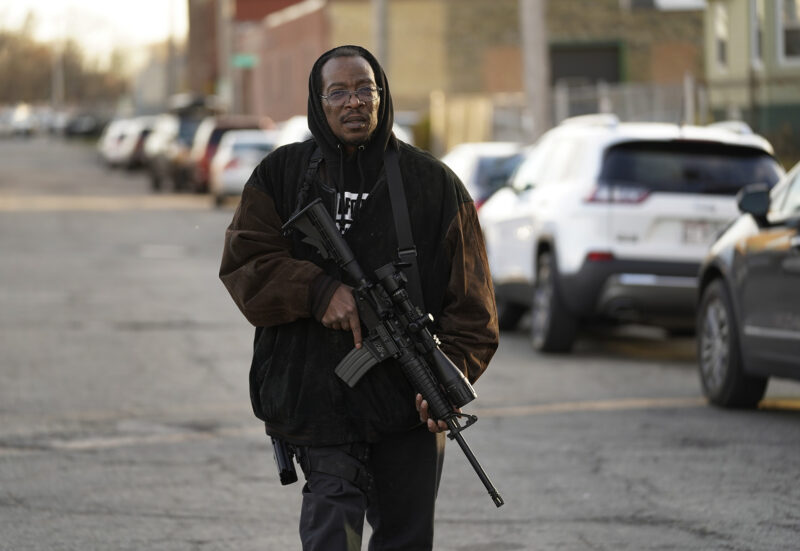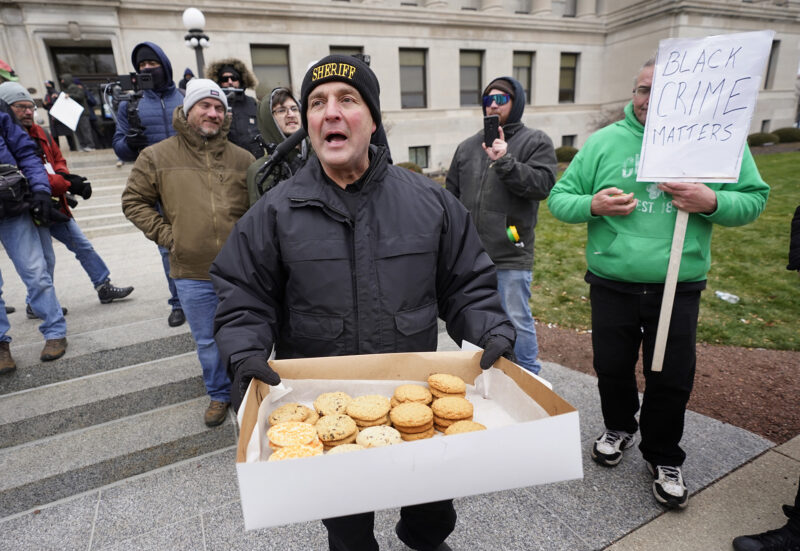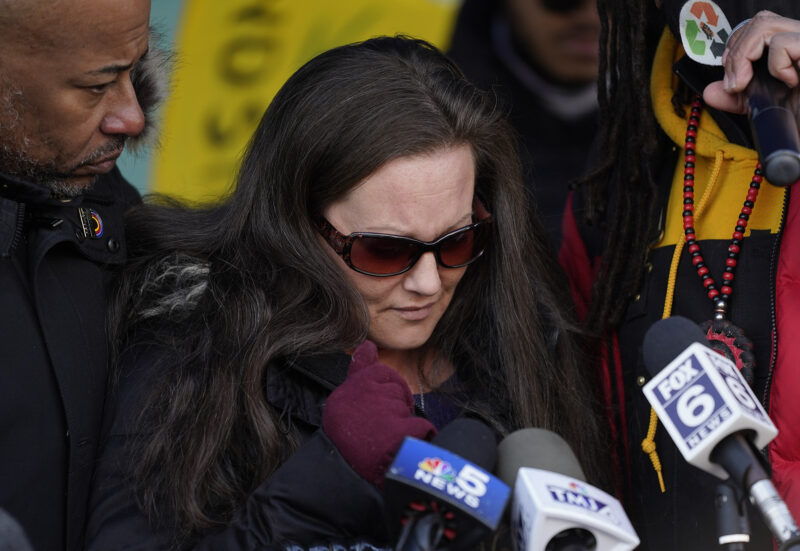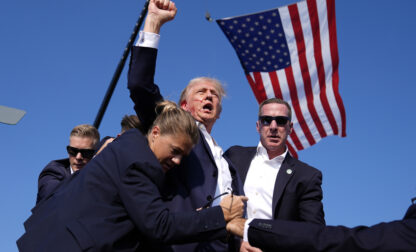AP’s team coverage led the pack encamped for the three-week Kyle Rittenhouse trial — including word of Rittenhouse’s full acquittal in the killing of two protesters and wounding of a third in Kenosha,Wisconsin — thanks to smart,detailed planning and deep knowledge cultivated throughout the proceedings.
The foundation of the coverage was the courtroom testimony itself,with reporters Michael Tarm,Amy Forliti and Scott Bauer feeding writer Tammy Webber,with Pete Brown editing. But significantly,following a blueprint laid down during this spring’s coverage of the Derek Chauvin trial in Minneapolis,it was the spinoff coverage,starting weeks ahead of the trial and carrying through after the verdict, that was key. A multiformat team of journalists executed more than a dozen AP Explainers, enterprise pieces and video debriefings that went deeper into what was happening in court — and in some cases anticipated developments in the case.
Reporter Todd Richmond provided a basic understanding of the charges Rittenhouse faced, explaining in detail the judge’s dismissal of a gun charge involving his possession of a rifle that,as a 17-year-old, he had not been legally permitted to buy. That dismissal became even more relevant when prosecutors failed to get any convictions on the more serious charges. Richmond also wrote about the lesser charges that could be added against Rittenhouse if prosecutors were worried about the strength of their case — and they were indeed added. Richmond also analyzed Rittenhouse’s testimony, broke down the struggle over how victims in the case would be perceived, and told readers how FBI planes have been used over American cities to make surveillance video as was introduced in this case.
After daily testimony was finished, Bauer and Forliti contributed to the enterprise work also — explaining a pair of mistrial requests that stood to upend the trial,how jurors were chosen, and why “hero” testimony wasn’t allowed for one shooting victim.
Tarm,in addition to contributing to the daily spot coverage, turned around quick stories analyzing the strengths and weaknesses in the prosecution and defense cases. He also analyzed the closing arguments and,along with Bauer,provided on-camera day-end video debriefs at key points in the trial.
From Chicago, Katie Foody contributed pieces that explained how technology befuddled the court, what rapid jury selection meant, and wrote one of several pieces prompted by the judge’s conduct of the case. Sara Burnett explored concerns from advocates about the way one shooting victim’s mental health issues were portrayed by the defense and explained how and why a juror’s “joke” showed the risk of bias in big cases. With the verdict imminent, she dug deeply into a central issue of the trial: concerns about American citizens carrying guns in public. From Seattle, Gene Johnson explored how the judge’s actions could undermine perceptions of a fair trial. From New York, Aaron Morrison contributed a thoughtful piece aimed at helping readers see why race mattered in a story about a white teen who shot three white men. And from Sioux Falls, Stephen Groves highlighted for readers the rise of livestreaming of protests, providing much of the video evidence at the trial.
The expansive team coverage figured prominently among AP’s top stories throughout the trial. From the day of Rittenhouse’s testimony,when the defendant cried on the stand,search interest in the case spiked and AP’s explainer on the charges against Rittenhouse remained at the top of Google’s “Kyle Rittenhouse” search results for the entire following week. That placement drove about 1 million pageviews on AP News ahead of the verdict,and then an additional 2.5 million pageviews after Friday’s verdict,making it the most read story on AP News this month. This was just one of the stories optimized by AP audience engagement staffers working with the Central Region editing team and Top Stories Hub.
Video journalists,including Mike Householder and Carrie Antlfinger,published multiple edits every day of trial; on the final day alone,five of the verdict edits appeared in AP’s top 30. Photographer Paul Sancya positioned himself outside the courthouse to capture immediate reaction from advocates on both sides of the trial including the uncle of Jacob Blake,whose shooting led to the Kenosha violence,Rittenhouse supporters and the families of the men Rittenhouse shot.
For comprehensive,speedy and illuminating coverage of a trial that riveted the country, the Kyle Rittenhouse trial team earns AP’s Best of the Week — First Winner.
Visit AP.org to request a trial subscription to AP’s video,photo and text services.
For breaking news, visit apnews.com







